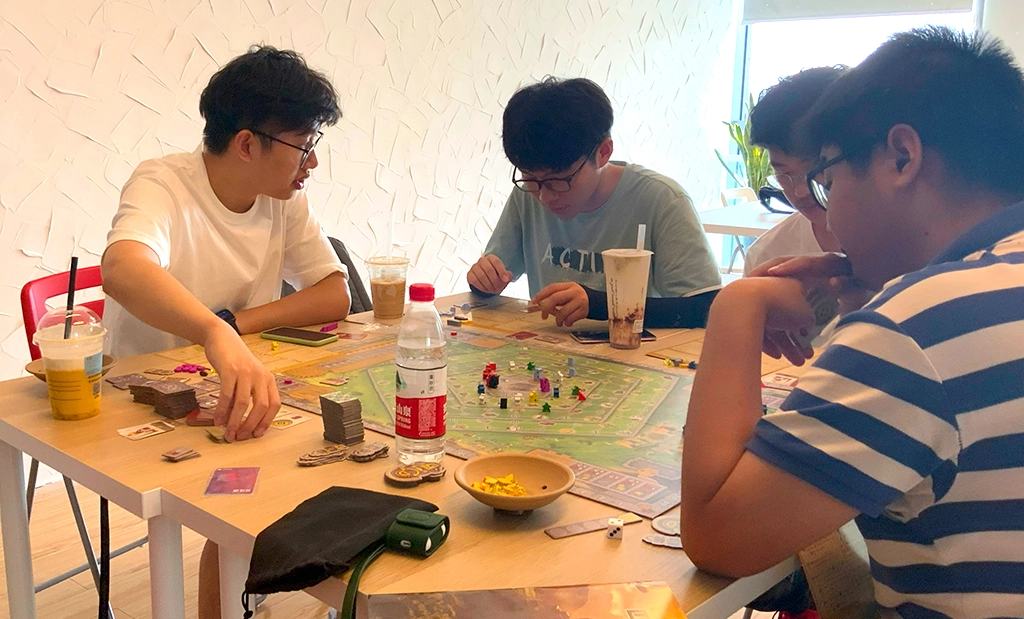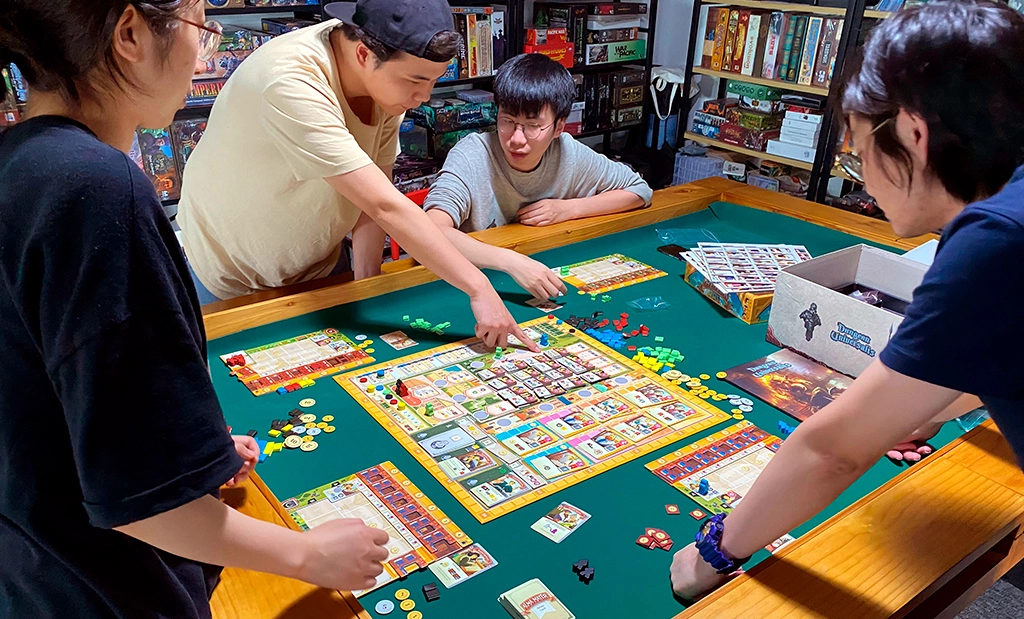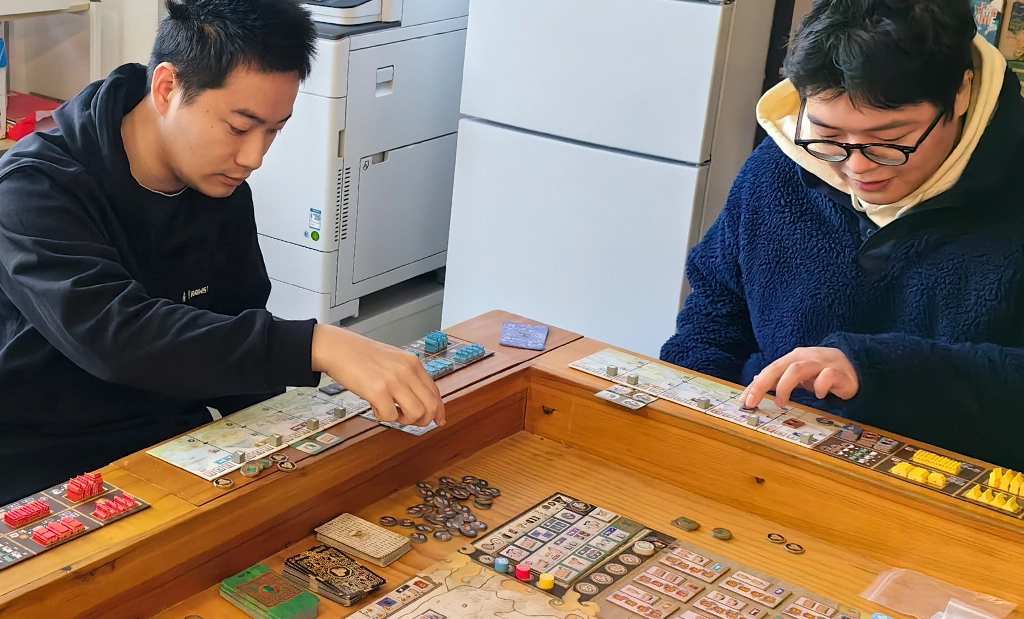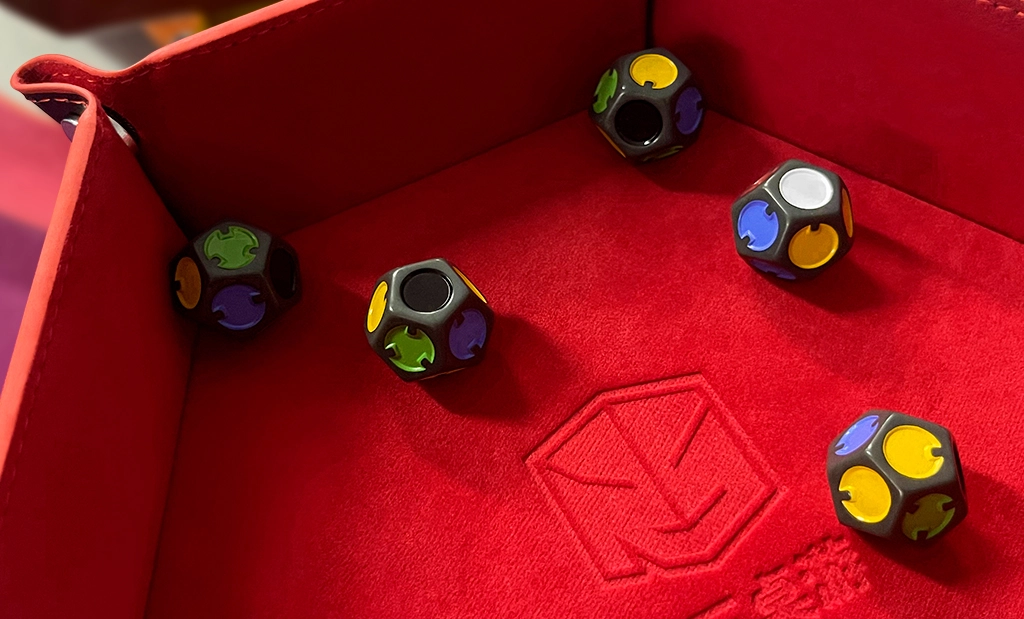

Dive into our insights for publishers & designers!
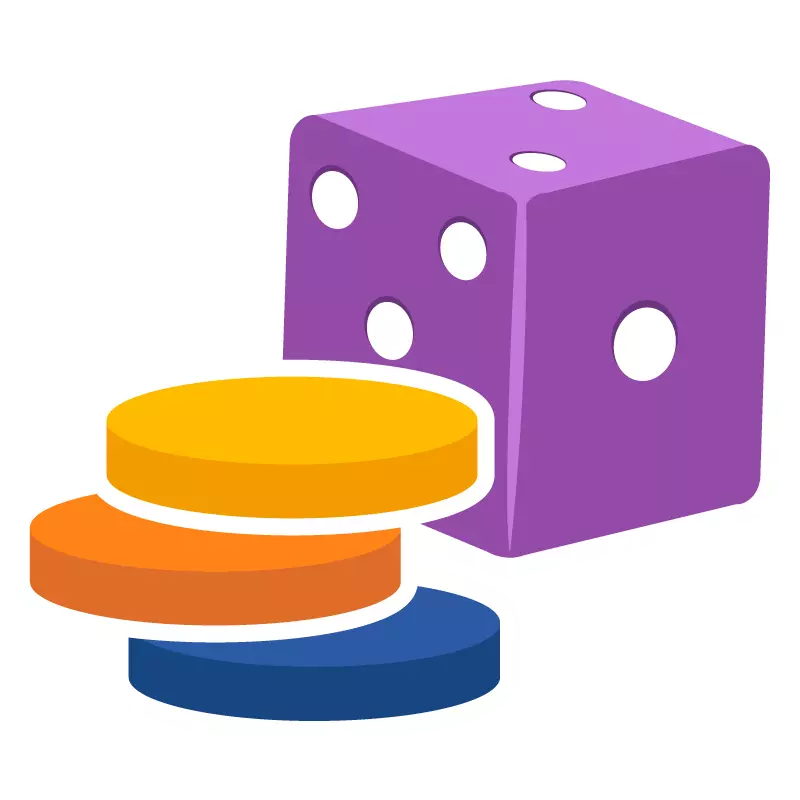
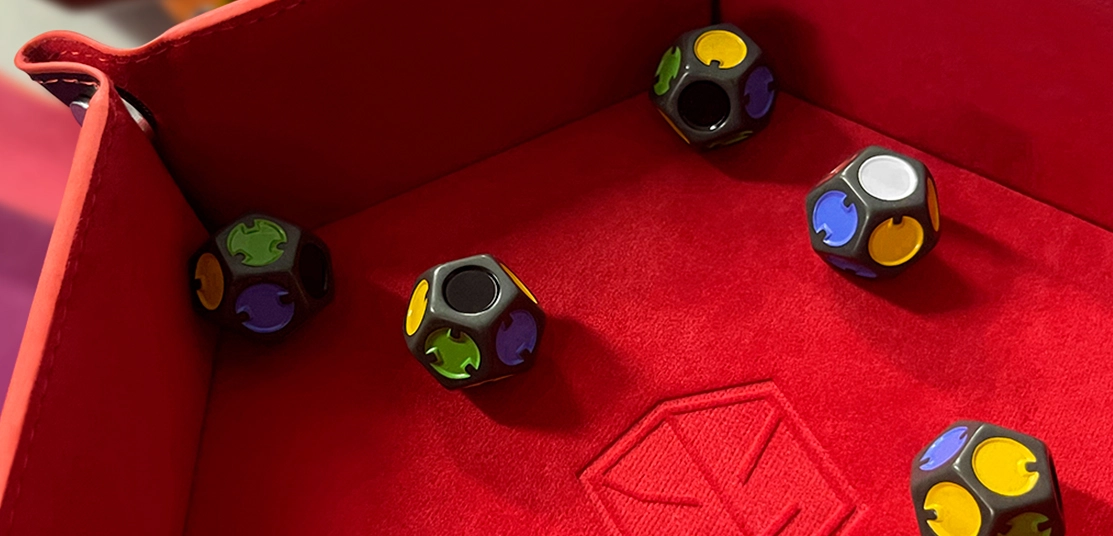
Date: 18/04/2024
Rolling the Dice: Crafting Engaging Gameplay with Dice Rolling Mechanics
Hello, esteemed game designers! Welcome to an exploration of one of the most versatile and thrilling mechanics in board game design: dice rolling. In this comprehensive guide, we’ll delve into the world of games that heavily rely on rolling dice to determine outcomes or actions. From creating tension-filled moments to fostering strategic decision-making, dice rolling mechanics offer endless possibilities for crafting dynamic and engaging gameplay experiences. Join us as we uncover the secrets to leveraging dice rolling mechanics to captivate players and elevate your game designs to new heights.
Understanding Dice Rolling Mechanics:
At its core, dice rolling in board games introduces an element of chance and unpredictability, adding excitement and tension to the gameplay. Whether players are battling foes, navigating obstacles, or resolving actions, the roll of the dice can influence the outcome and shape the course of the game. By incorporating dice rolling mechanics, game designers can create dynamic and immersive experiences that keep players engaged and coming back for more.
Designing Meaningful Outcomes:
Central to the design of dice rolling games is the creation of meaningful outcomes that result from each dice roll. Game designers must carefully consider how dice rolls impact the game state and player decisions, ensuring that outcomes are both balanced and satisfying. Whether it’s determining success or failure in a skill check, resolving combat encounters, or activating special abilities, the outcomes of dice rolls should contribute to the overall narrative and gameplay experience.
Tips and Tricks for Effective Dice Rolling Game Design:
1. Balance Luck and Skill: Strike a balance between luck and skill by incorporating dice rolling mechanics that allow players to influence the outcome through strategic decision-making and resource management.
2. Provide Meaningful Choices: Design mechanics that give players meaningful choices before and after rolling the dice, such as selecting which actions to take or how to allocate resources based on the outcome.
3. Create Tension and Excitement: Introduce moments of tension and excitement by using dice rolling mechanics to resolve high-stakes situations, such as critical hits, narrow escapes, or dramatic confrontations.
4. Incorporate Dice Pooling: Experiment with dice pooling mechanics, where players roll multiple dice and combine the results to determine outcomes, offering opportunities for strategic manipulation and optimization.
5. Embrace Variability: Embrace the variability of dice rolling by designing games with multiple dice types, variable outcomes, and opportunities for players to mitigate or modify their rolls through game mechanics or player abilities.
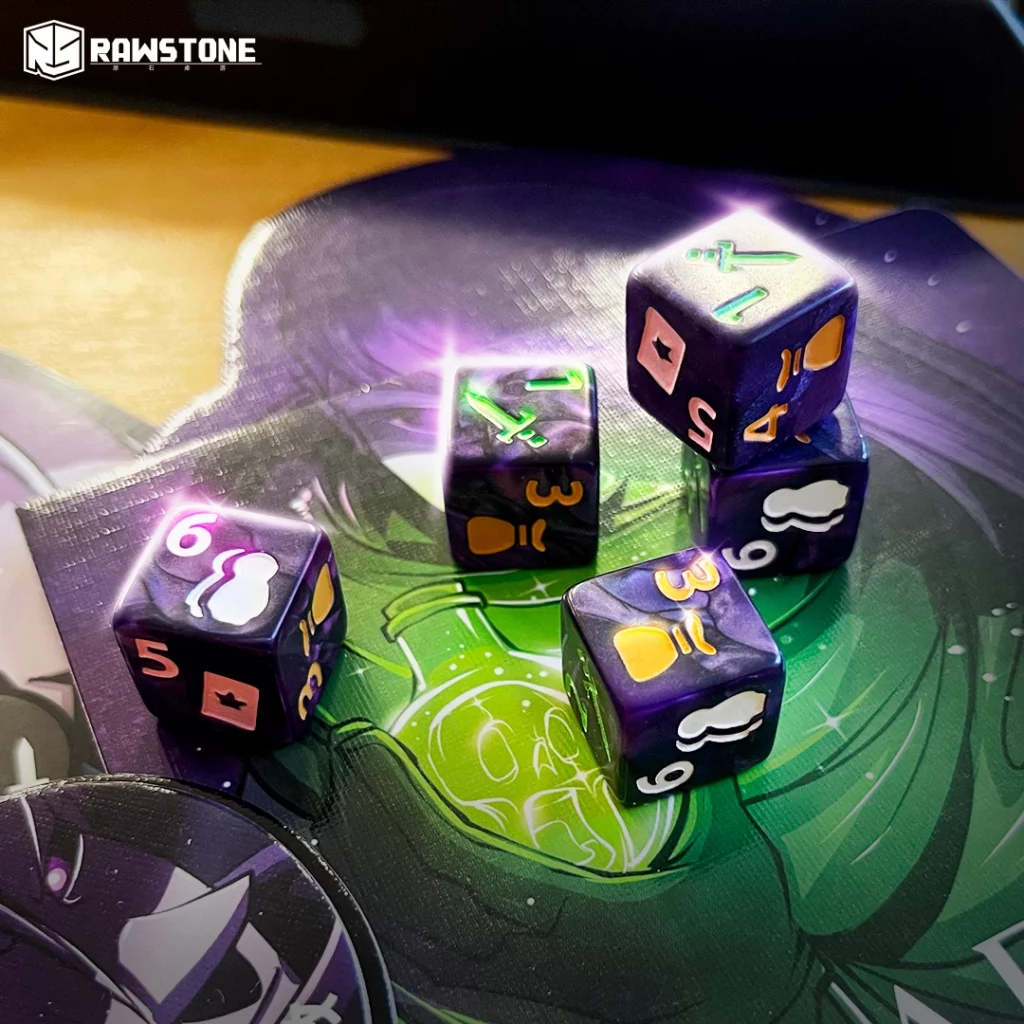
Conclusion:
As you explore the potential of tile placement mechanics in board game design, remember the importance of strategic depth, player interaction, and creativity. By leveraging these principles and implementing effective design strategies, you can create immersive and engaging gameplay experiences that challenge, inspire, and delight players. So unleash your creativity, lay down your tiles, and design games that transport players to worlds of endless possibility and strategic intrigue in the world of board gaming!
you might also be interested...
Board Gaming and Mental Health: Unveiling the Therapeutic Benefits of Gameplay
From critical thinking and problem-solving to spatial reasoning and memory retention, each game presents players with unique challenges that stimulate...
> Read MoreMastering Feedback: Strategies for Gathering and Analyzing Playtester Feedback
By mastering the art of feedback analysis, you'll gain valuable insights that will elevate your game designs and create unforgettable...
> Read MoreBuilding a Thriving Playtesting Community: Strategies for Engaging Playtesters in Game Development
We embark on an exciting journey into the world of playtesting community building – a crucial aspect of board game...
> Read MoreRolling the Dice – Crafting Engaging Gameplay with Dice Rolling Mechanics
Central to the design of dice rolling games is the creation of meaningful outcomes that result from each dice roll....
> Read More
